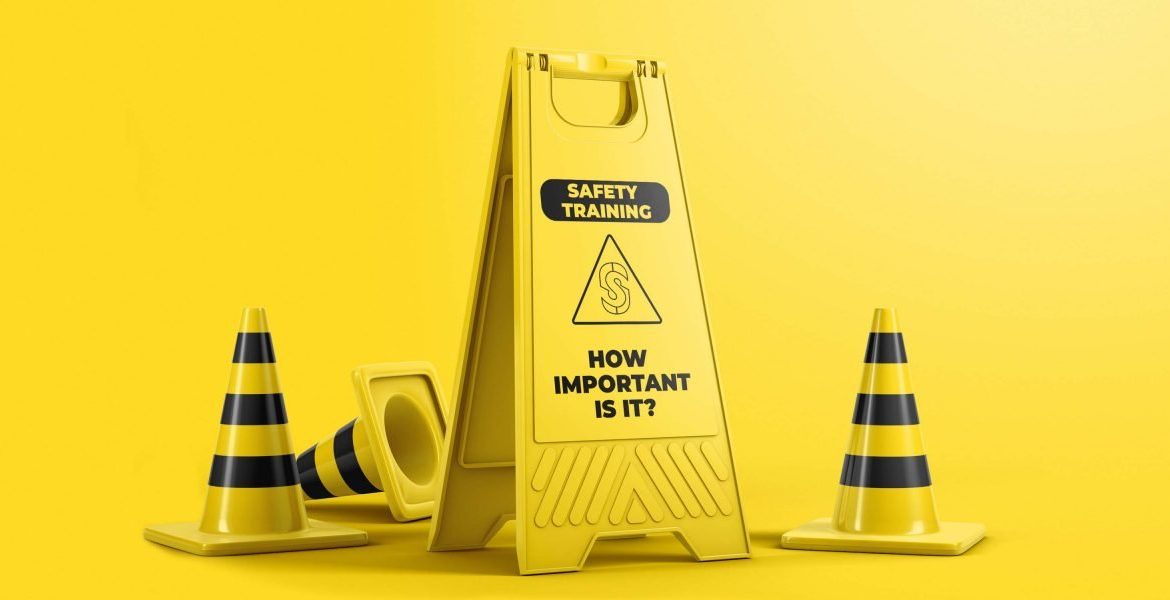Working at height poses serious risks. Falls from height are among the leading causes of workplace injuries and fatalities. Proper safety measures can prevent accidents and ensure compliance with workplace regulations.
Common Risks of Working at Height
- Falls from ladders or scaffolding – Lack of proper support can lead to severe injuries.
- Falling objects – Unsecured tools and materials can harm workers below.
- Unstable surfaces – Weak platforms or improperly assembled scaffolding can collapse.
- Lack of protective gear – Absence of helmets, harnesses, or safety nets increases risk.
Best Practices for Work at Height Safety
Conduct Risk Assessments
Before working at height, assess potential hazards. Identify risks and implement control measures to minimize accidents.
Use Proper Safety Equipment
- Harnesses and Lanyards – Prevent falls and minimize impact.
- Guardrails and Toe Boards – Provide physical barriers for protection.
- Ladders and Scaffolding – Ensure they are stable and properly positioned.
- Safety Nets – Catch workers in case of a fall.
Train Employees on Height Safety
Work at height training is essential. Workers should know how to use equipment properly and follow safety protocols.
Regular Equipment Inspections
Faulty equipment increases risk. Perform routine inspections to ensure ladders, harnesses, and scaffolding are in good condition.
Workplace Safety Training: A Crucial Requirement
Training employees in workplace safety reduces accidents and improves productivity. Workers must understand hazards and follow best practices to stay safe.
Key Areas of Workplace Safety Training
1. Fire Safety Training
Employees should know fire hazards, evacuation routes, and how to use fire extinguishers.
2. First Aid Training
Basic first aid skills can save lives. Employees should learn CPR, wound treatment, and emergency response techniques.
3. Manual Handling Training
Lifting heavy objects improperly causes injuries. Proper lifting techniques reduce strain and prevent accidents.
4. Hazard Identification and Risk Assessment
Workers should recognize workplace hazards and report them to supervisors.
5. Personal Protective Equipment (PPE) Training
Employees must wear the right PPE, including helmets, gloves, and safety goggles.
Benefits of Workplace Safety Training
- Reduces workplace injuries – Proper training minimizes risks and prevents accidents.
- Increases employee confidence – Workers feel secure knowing safety protocols are in place.
- Improves compliance – Following safety regulations avoids legal issues and penalties.
- Enhances productivity – A safe work environment boosts efficiency and morale.
Conclusion
Work at height safety and workplace safety training are essential for reducing risks and ensuring a secure work environment. Implementing strict safety measures, providing proper training, and using the right equipment can prevent accidents and protect employees. Prioritizing workplace safety leads to better productivity, compliance, and overall well-being for workers.


